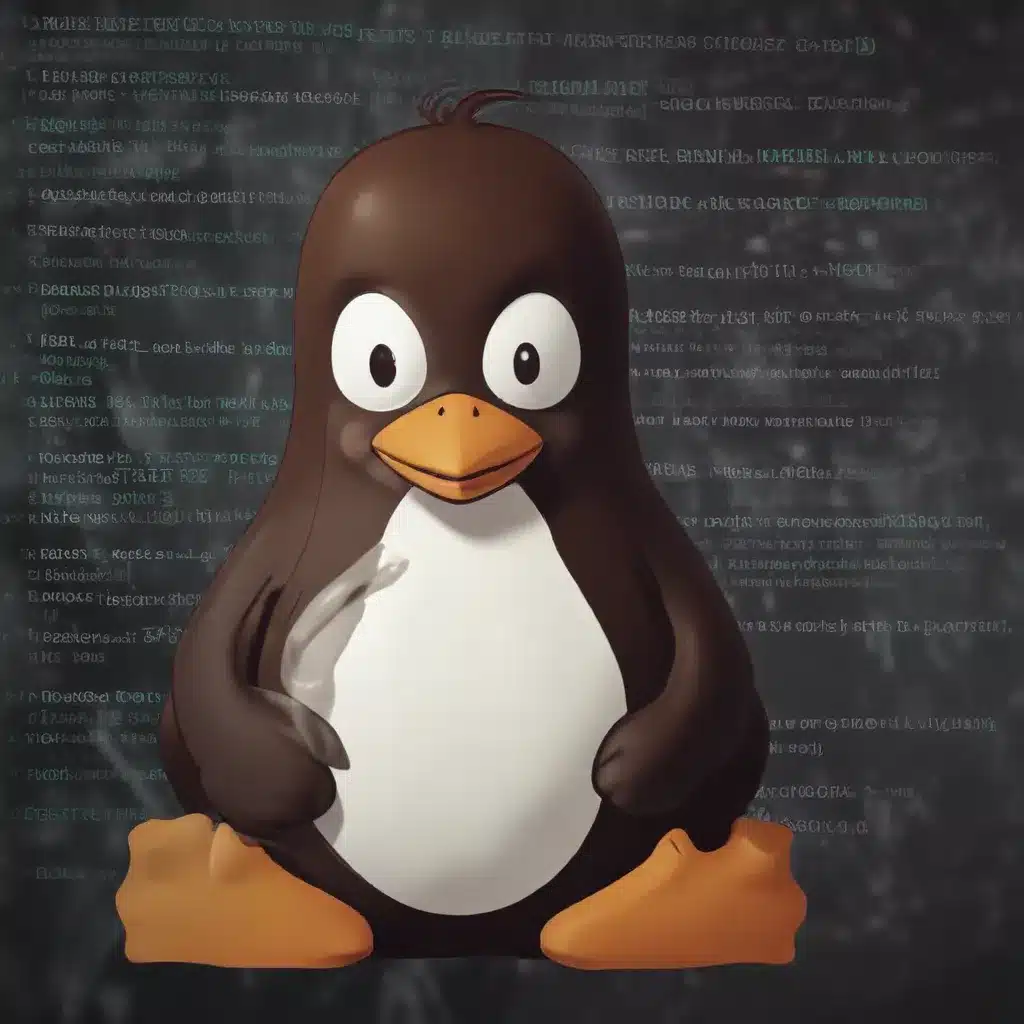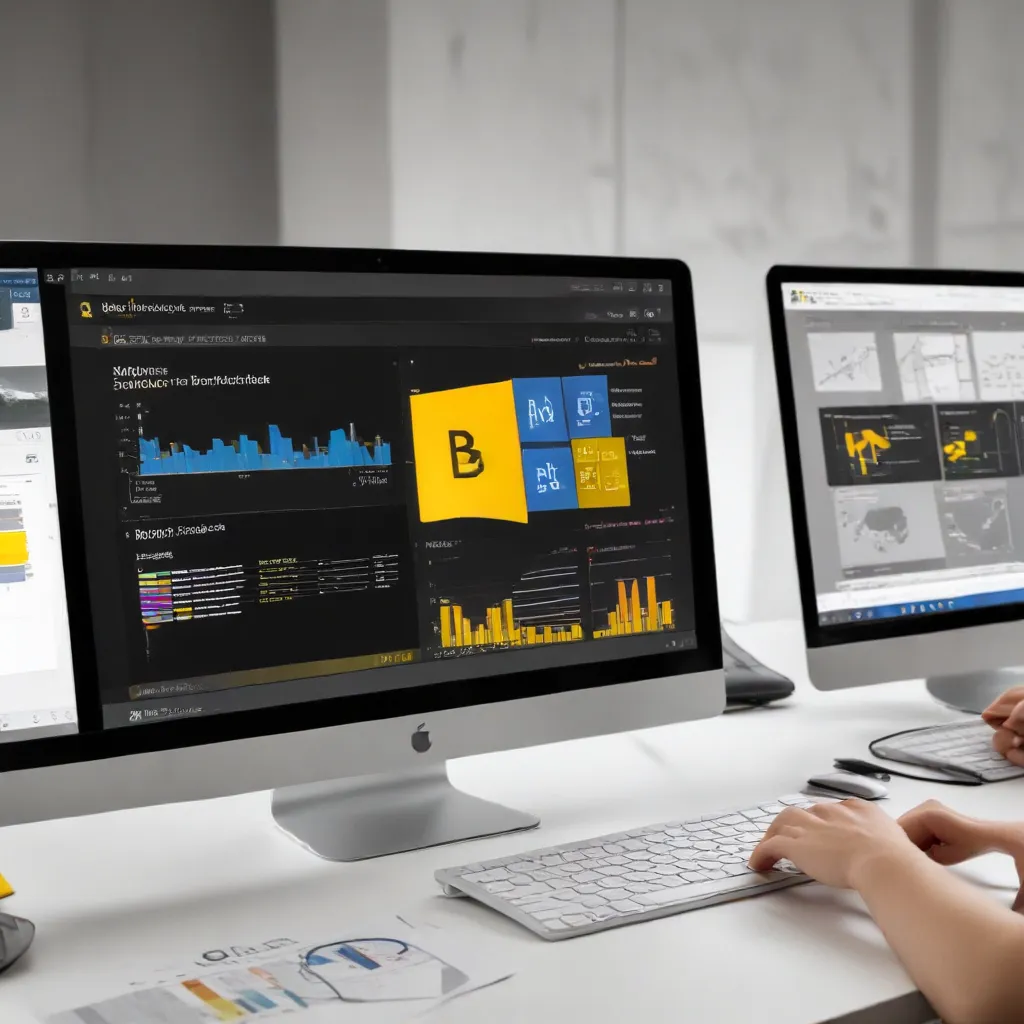
Combating the Rise of Linux-Based Malware Threats
As an experienced IT specialist, I’ve had the privilege of working with a wide range of computer systems and tackling the ever-evolving challenges in the cybersecurity landscape. In recent years, I’ve witnessed a concerning trend – the increasing prevalence of Linux-based malware, particularly ransomware, targeting organizations across various industries. This shift in the threat landscape has prompted me to share my insights and strategies for effectively addressing these emerging risks.
Understanding the Evolving Threat Landscape
One of the most notable developments in the world of malware is the growing attention directed towards Linux-based systems. Historically, Windows-based platforms have been the primary targets for cybercriminals, but the tides are turning. The ubiquity of Linux in cloud environments, web servers, and mission-critical infrastructure has caught the eye of sophisticated threat actors, who are now actively developing and deploying Linux-specific malware.
A prime example of this is the discovery of the SysJoker backdoor, which targets Windows, macOS, and Linux systems. As revealed in the Intezer blog post, this multi-platform malware operates stealthily, masquerading as a system update and establishing a persistent foothold on infected systems. The fact that the Linux and macOS versions of SysJoker remain fully undetected by many security solutions is a testament to the ingenuity and determination of the threat actors behind it.
But SysJoker is just the tip of the iceberg. Recent reports, such as the one from ReversingLabs, have uncovered the emergence of GwisinLocker, a new ransomware family targeting Linux-based systems in South Korean industrial and pharmaceutical companies. This malware demonstrates a sophisticated level of targeting, data exfiltration, and double extortion tactics – a growing trend among advanced threat actors.
The VMware Threat Analysis Unit’s report on Linux-based malware further highlights the increasing prevalence of ransomware, cryptominers, and remote access tools (RATs) targeting Linux environments. The report underscores the critical need for comprehensive security measures to protect multi-cloud infrastructures, where Linux-based systems are prevalent.
Strengthening Cybersecurity Posture for Linux Environments
As an IT professional, I understand the importance of maintaining a robust cybersecurity posture, especially in today’s threat landscape, where Linux-based systems are increasingly targeted. Here are some key strategies and best practices that I’ve found to be effective in safeguarding Linux environments:
Comprehensive Visibility and Monitoring
Gaining complete visibility into your Linux-based systems and infrastructure is paramount. Implement robust endpoint detection and response (EDR) solutions that can monitor system activities, detect anomalies, and provide detailed contextual information. Pair this with network detection and response (NDR) tools to gain a holistic understanding of your environment and identify potential threats.
Proactive Vulnerability Management
Staying on top of Linux software vulnerabilities is crucial. Regularly review and apply security patches and updates to Linux kernels, applications, and services. Leverage vulnerability scanning and management tools to continuously assess your systems and prioritize remediation efforts.
Hardening Linux Configurations
Harden your Linux systems by implementing the principle of least privilege, disabling unnecessary services, and configuring robust access controls. Employ techniques such as SELinux, AppArmor, and seccomp to further enhance the security posture of your Linux environment.
Robust Backup and Disaster Recovery
Implement comprehensive backup and disaster recovery strategies for your Linux systems and data. Ensure that backups are regularly tested and stored in a secure, offline location to protect against ransomware and other data-destroying attacks.
User and Access Management
Implement strict user and access management policies for your Linux environment. Enforce the use of strong, unique passwords, enable multi-factor authentication, and regularly review and revoke unnecessary user permissions.
Security Awareness and Training
Educate your IT staff and end-users on the latest Linux-based threats, social engineering tactics, and best security practices. Encourage a security-conscious culture and empower your team to be proactive in identifying and reporting suspicious activities.
Incident Response and Threat Hunting
Develop and regularly test your incident response plan to ensure your organization is prepared to address and contain Linux-based security incidents effectively. Incorporate threat hunting capabilities to actively search for and identify signs of compromise.
Staying Ahead of the Curve
As an IT professional, I understand the constant challenge of keeping up with the ever-evolving threat landscape. However, by adopting a proactive and comprehensive approach to cybersecurity, we can effectively mitigate the risks posed by Linux-based malware and protect our organizations.
One of the key things I’ve learned is the importance of staying informed and vigilant. By closely monitoring industry reports, security advisories, and the latest research, we can stay ahead of emerging threats and adapt our security strategies accordingly.
For instance, the insights provided in the Intezer, ReversingLabs, and VMware reports have been invaluable in shaping my understanding of the current Linux malware landscape. These resources not only shed light on the technical details of the threats but also offer practical guidance on detection, response, and mitigation.
By leveraging the expertise and insights shared in these reports, I’ve been able to strengthen my organization’s cybersecurity posture and better prepare our IT team to address the unique challenges posed by Linux-based malware. It’s essential that we continuously learn, adapt, and share our experiences to stay one step ahead of the adversaries.
Collaboration and Knowledge Sharing
Another key aspect of effective IT security is the importance of collaboration and knowledge sharing within the industry. As threats become more sophisticated and widespread, it’s crucial that we work together to share best practices, indicators of compromise (IOCs), and effective countermeasures.
I’ve found great value in actively participating in IT security communities, such as the one on Reddit’s Malware subreddit. These platforms provide a wealth of technical insights, discussions, and resources that can help IT professionals like myself stay informed and enhance our security strategies.
By engaging with peers, security researchers, and industry experts, we can gain a deeper understanding of the latest trends, tactics, and techniques employed by threat actors. This collaborative approach allows us to collectively strengthen our defenses and better protect our organizations from the evolving Linux malware landscape.
Conclusion: Embracing the Challenge, Securing the Future
As an IT specialist, I’m acutely aware of the growing threat posed by Linux-based malware, particularly ransomware and other advanced persistent threats. However, I’m also confident that by adopting a proactive, comprehensive, and collaborative approach to cybersecurity, we can effectively mitigate these risks and safeguard our organizations.
By leveraging the insights and best practices outlined in this article, IT professionals can enhance their Linux security posture, stay ahead of emerging threats, and ultimately, contribute to the overall resilience of the IT ecosystem. It’s a challenging task, but one that is essential for protecting our digital infrastructure and ensuring the continued success and prosperity of our organizations.
I encourage all IT professionals to embrace this challenge, stay vigilant, and work together to secure the future of our digital landscape. Together, we can navigate the complexities of the Linux malware landscape and emerge as true champions of cybersecurity.












